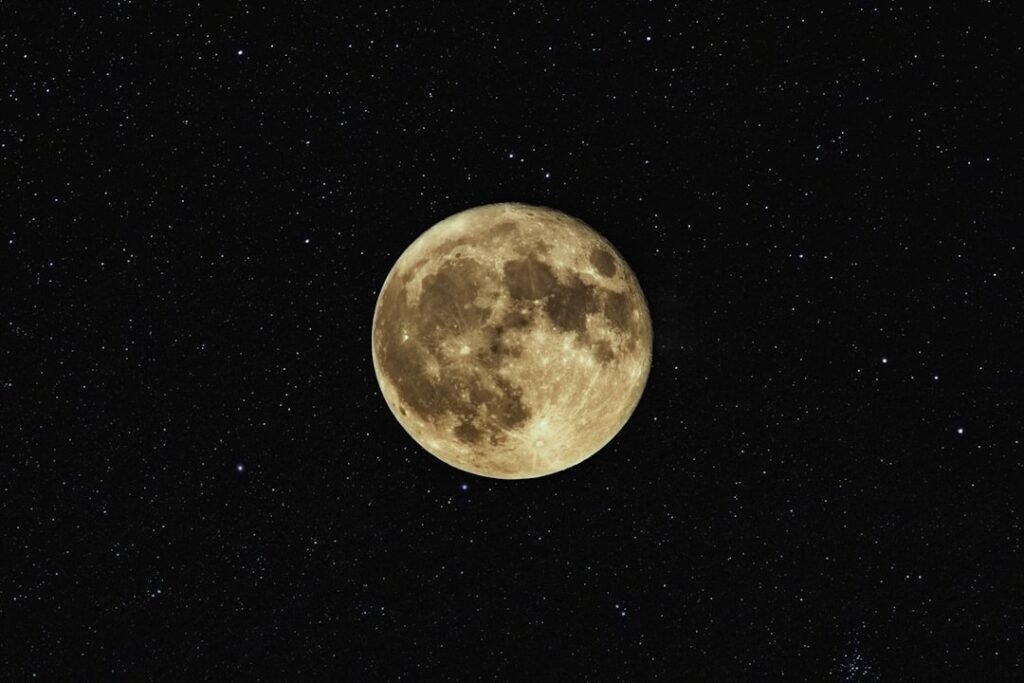For centuries, we’ve thought of our Moon as a cold, lifeless rock floating silently through space. But what if everything we believed about our celestial companion was wrong? Recent scientific discoveries are completely reshaping how we view the Moon’s geological activity, and the findings are nothing short of remarkable. Evidence of moonquakes, shifting crusts, and mysterious heat signatures suggest the Moon may not be as dormant as once believed. NASA’s Apollo-era seismometers first picked up tremors decades ago, but newer data hints at ongoing tectonic activity beneath the surface. Some regions even show signs of volcanic heat that could still be simmering deep within. If the Moon is geologically alive, it changes how we understand its history—and its potential to support future lunar missions. What once seemed like a static relic of the past may, in fact, still be evolving right before our eyes.
The Moonquake Mystery That Changed Everything
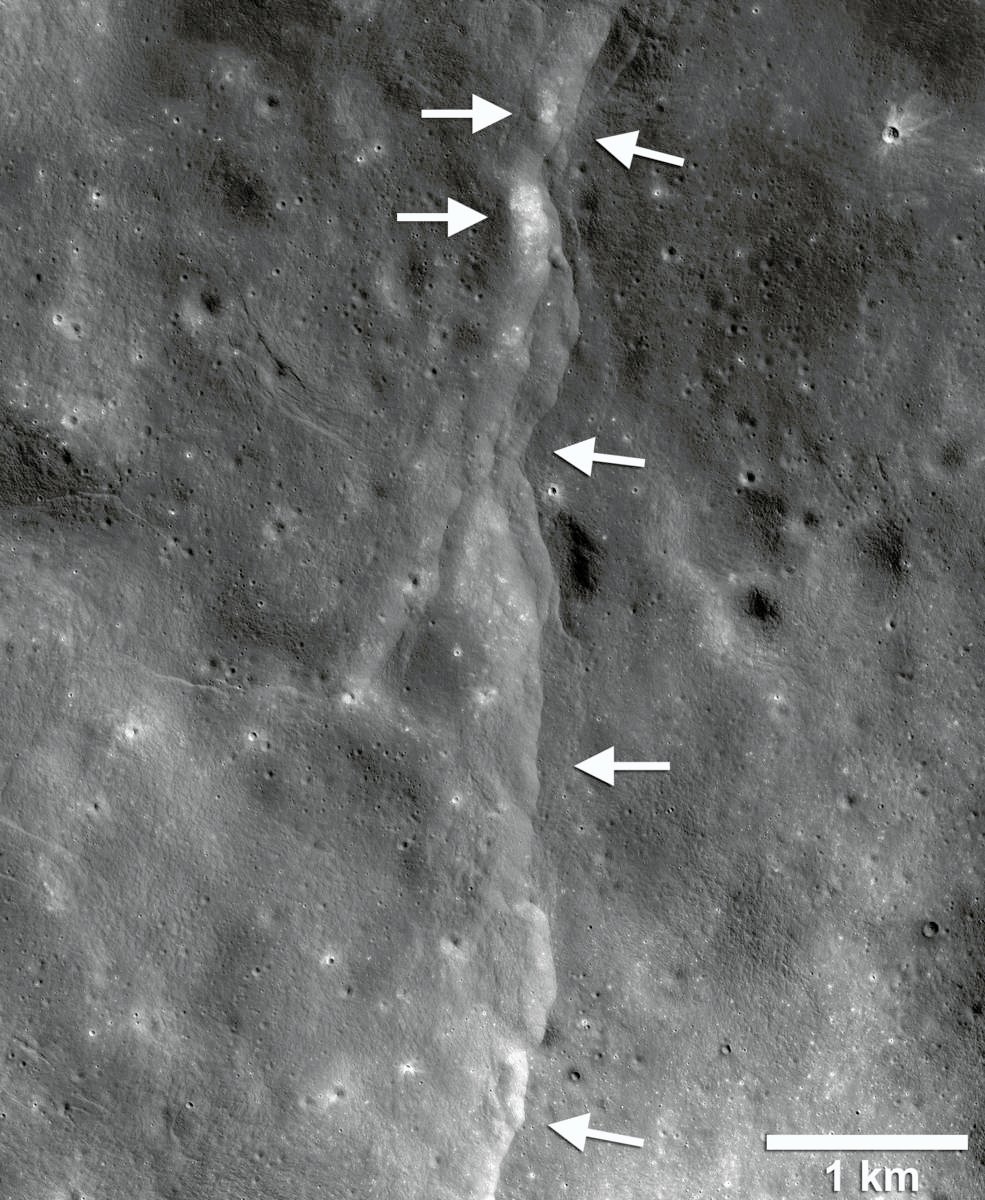
Picture this: you’re standing on the lunar surface when suddenly, the ground beneath your feet trembles for hours on end. This isn’t science fiction – it’s a reality that scientists are only now beginning to understand. Hundreds of deep moonquakes were recorded along with 28 shallow events, and the shallow events were larger, with body wave magnitudes > 5.5 and stress drops exceeding 100 MPa.
What makes these moonquakes truly fascinating is their persistence. Unlike earthquakes that typically last minutes, moonquakes can shake the lunar surface for incredibly long periods. According to the study, “quakes can last for hours,” shaking loose anything sitting on a steep enough slope. The Moon’s bone-dry composition means there’s no water in the rock to cushion vibrations, allowing seismic waves to travel much farther than similar quakes would on Earth.
Young Ridges Tell an Ancient Story
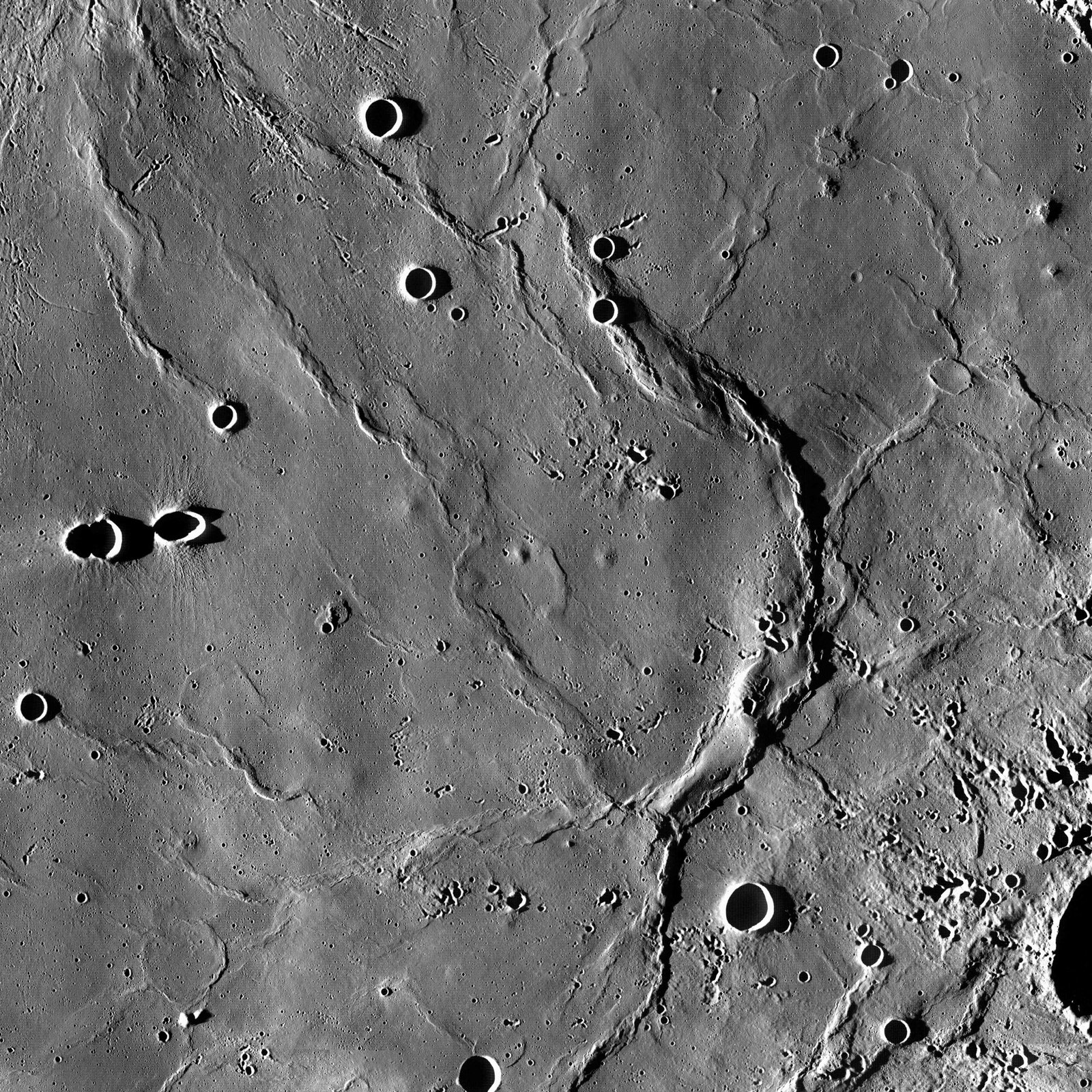
Scientists have made discoveries about small ridges on the Moon’s far side through advanced mapping and modeling techniques. Based on a technique known as “crater counting,” the team found that these ridges were notably younger than other features in their surroundings.
This finding is revolutionary because it suggests the Moon isn’t the dormant world we once thought. “Many scientists believe that most of the moon’s geological movements happened two and a half, maybe three billion years ago,” said one researcher. “But we’re seeing that these tectonic landforms have been recently active in the last billion years and may still be active today. These small mare ridges seem to have formed within the last 200 million years or so, which is relatively recent considering the moon’s timescale.”
The implications are mind-blowing. What we’re seeing is evidence that geological processes on the Moon may still be happening right now, beneath our very noses.
The Moon’s Shrinking Act
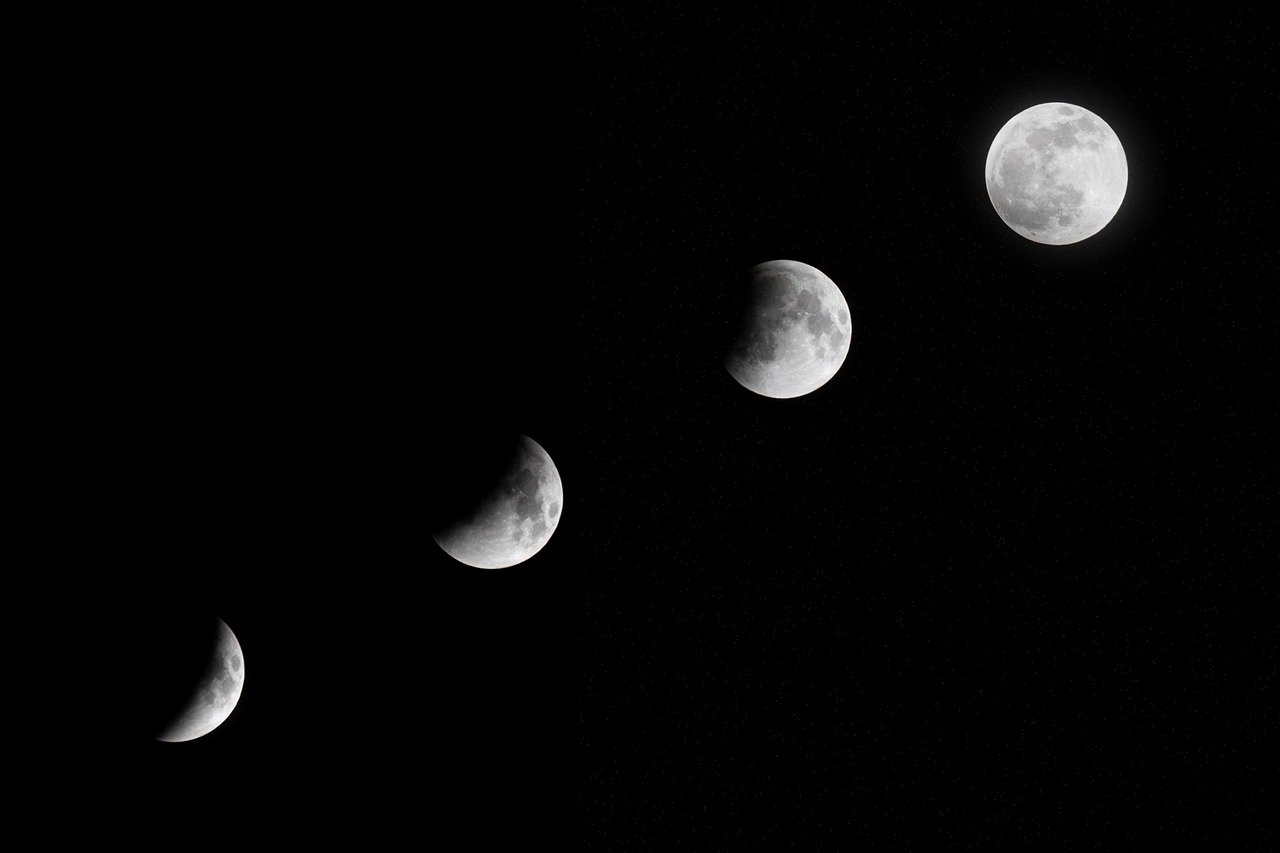
Here’s where things get really interesting. The Moon is actually getting smaller, and this contraction is causing real geological drama on its surface. The lobate scarps are formed when the lunar crust is pushed together as the Moon contracts. This causes the near-surface materials to break forming a thrust fault. The thrust fault carries crustal materials up and sometimes over adjacent crustal materials. Slip events on existing faults or the formation of new thrust faults trigger shallow moonquakes that can cause strong seismic shaking tens of miles (many tens of kilometers) away from the scarp.
This shrinkage isn’t just theoretical – it’s creating visible changes on the lunar landscape. As the Moon’s interior slowly cools, the entire body contracts, creating stress fractures and fault lines that can remain active for millions of years. It’s like watching a slow-motion geological earthquake that’s been playing out for eons.
Landslides on a “Dead” World
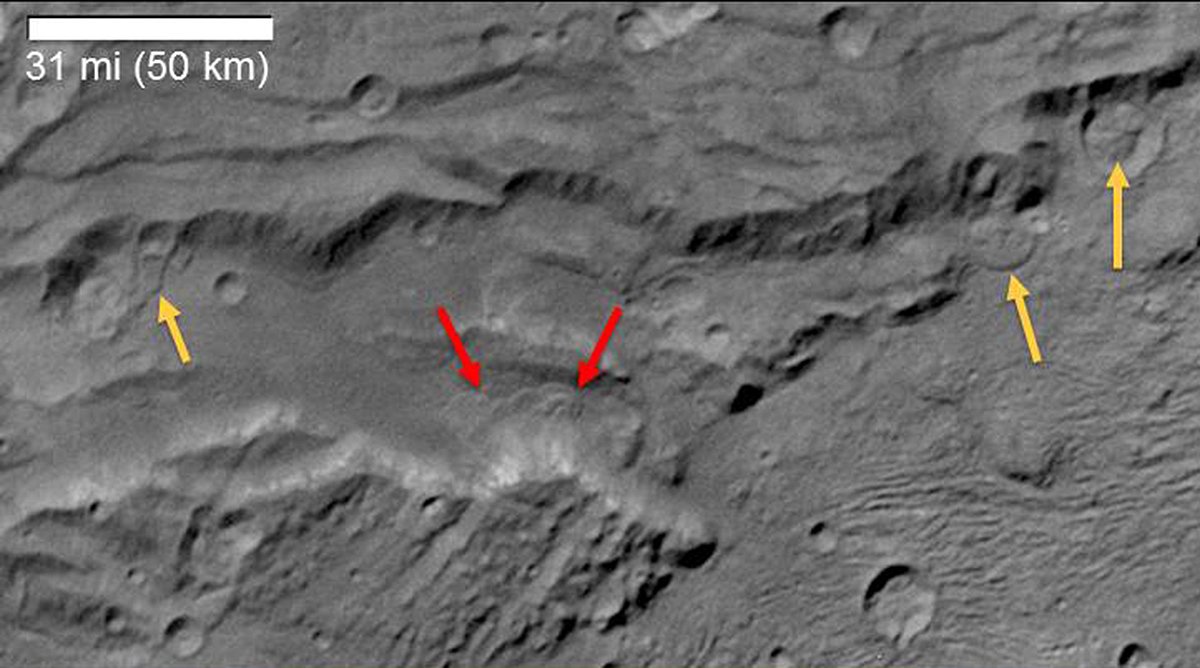
Recent Chinese research has uncovered something that sounds almost impossible: active landslides occurring on the Moon itself. The primary trigger of such landslides was seismic activity originating within the moon, or “endogenic moonquakes,” rather than asteroid impacts. Scientists have identified evidence of 41 such landslides, most occurring on slopes between 24 and 42 degrees.
This discovery completely changes our understanding of lunar surface dynamics. The Moon isn’t just sitting there collecting dust – it’s actively reshaping itself through internal geological processes. These landslides provide concrete proof that seismic activity continues to modify the lunar landscape in real time.
Volcanic Surprises from China’s Moon Missions
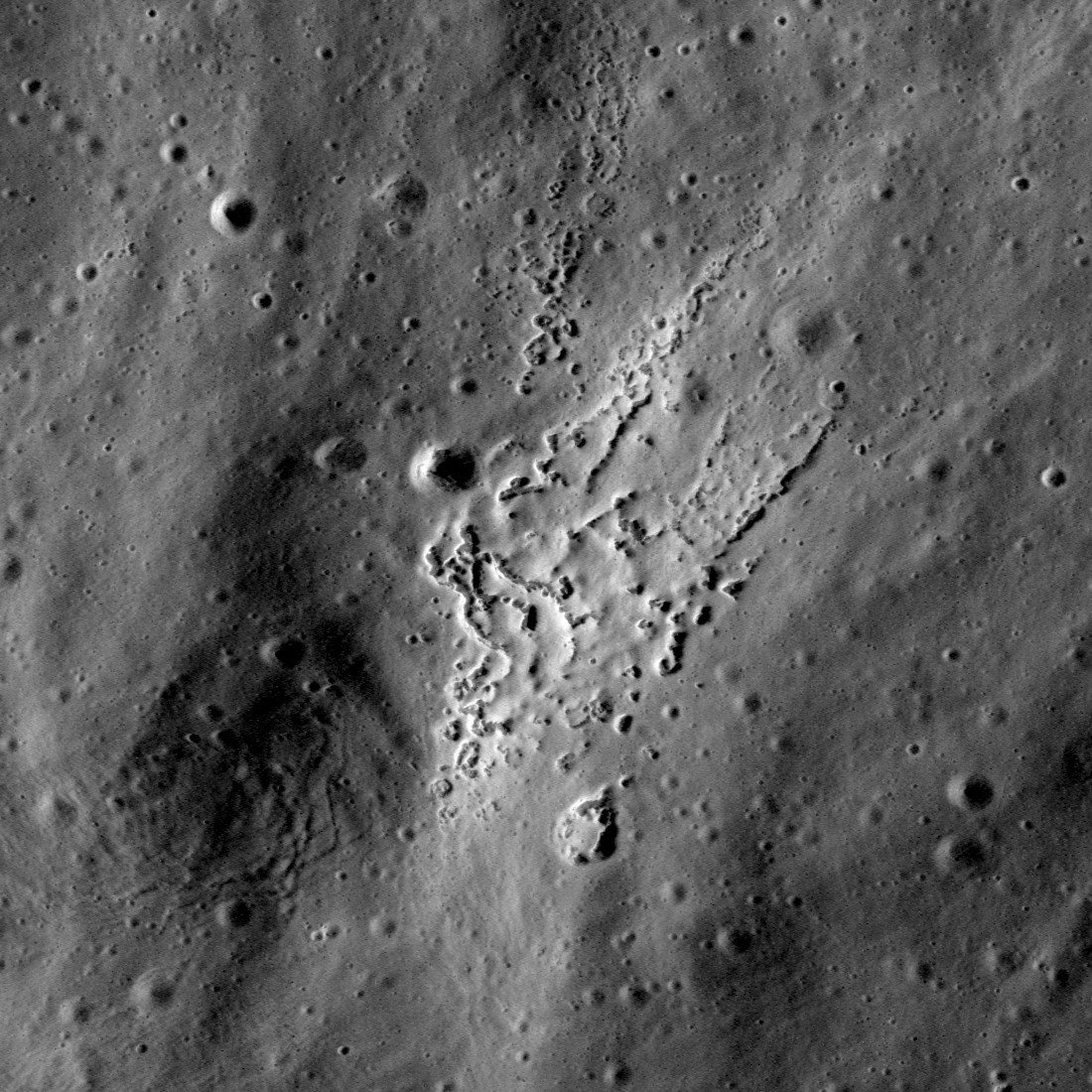
China’s Chang’e missions have delivered some of the most surprising revelations about lunar geological activity. They found evidence of ancient volcanic activity on the moon’s far side, indicating such activity had persisted for at least 1.4 billion years. But perhaps more shocking is what they discovered about recent volcanic activity.
Small areas called irregular mare patches (each area only a few hundred meters or a few kilometers across) have been found in the maria that crater counting suggests were sites of volcanic activity in the geologically much more recent past (less than 50 million years). This means volcanic activity may have continued on the Moon much more recently than anyone previously imagined.
The Chang’e-6 mission also revealed fascinating details about the Moon’s magnetic history, discovering evidence of magnetic field fluctuations that suggest dynamic internal processes were still occurring billions of years after the Moon’s formation.
The Heart of the Moon Beats On
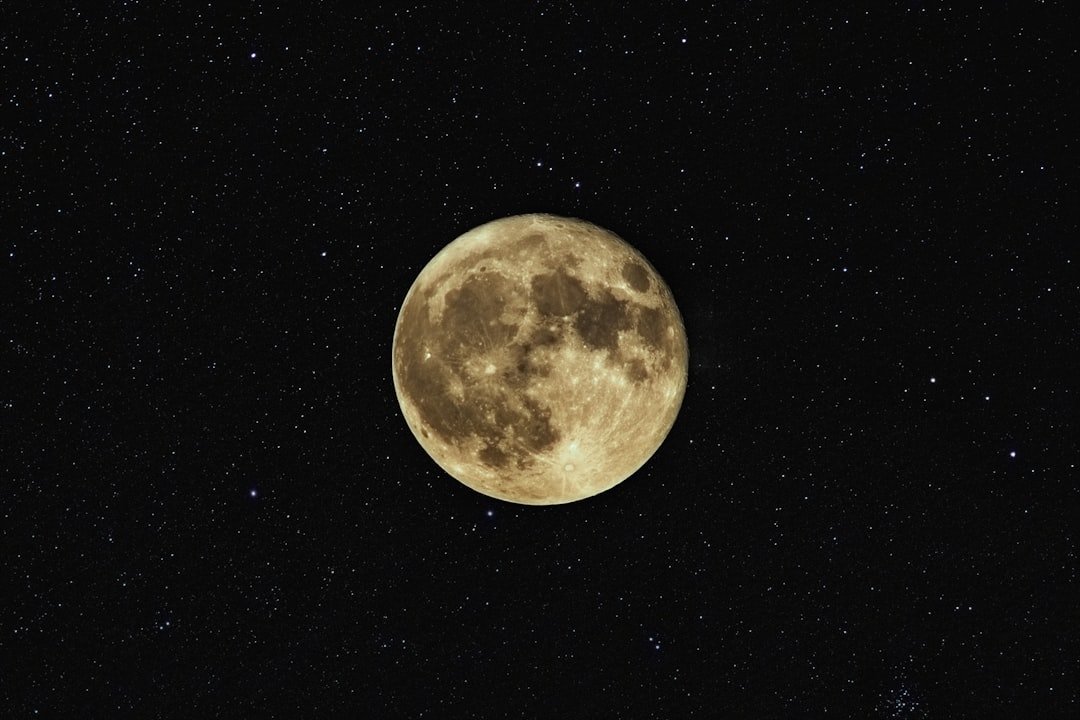
Deep within the Moon lies a secret that’s only recently been revealed: The Moon’s core consists of two sections: a solid, mostly iron inner core within a molten outer core, and the zone closest to the lunar core is partly molten – some moonquakes may originate here. This partially molten layer near the core-mantle boundary is crucial because it’s where many of the Moon’s internal dynamics originate.
The discovery of this structure suggests that the Moon’s interior isn’t the cold, static environment scientists once assumed. Instead, there are still thermal and possibly convective processes occurring that can generate the seismic activity we’re detecting on the surface. It’s like finding a beating heart inside what we thought was a lifeless body.
Ancient Magnetic Mysteries
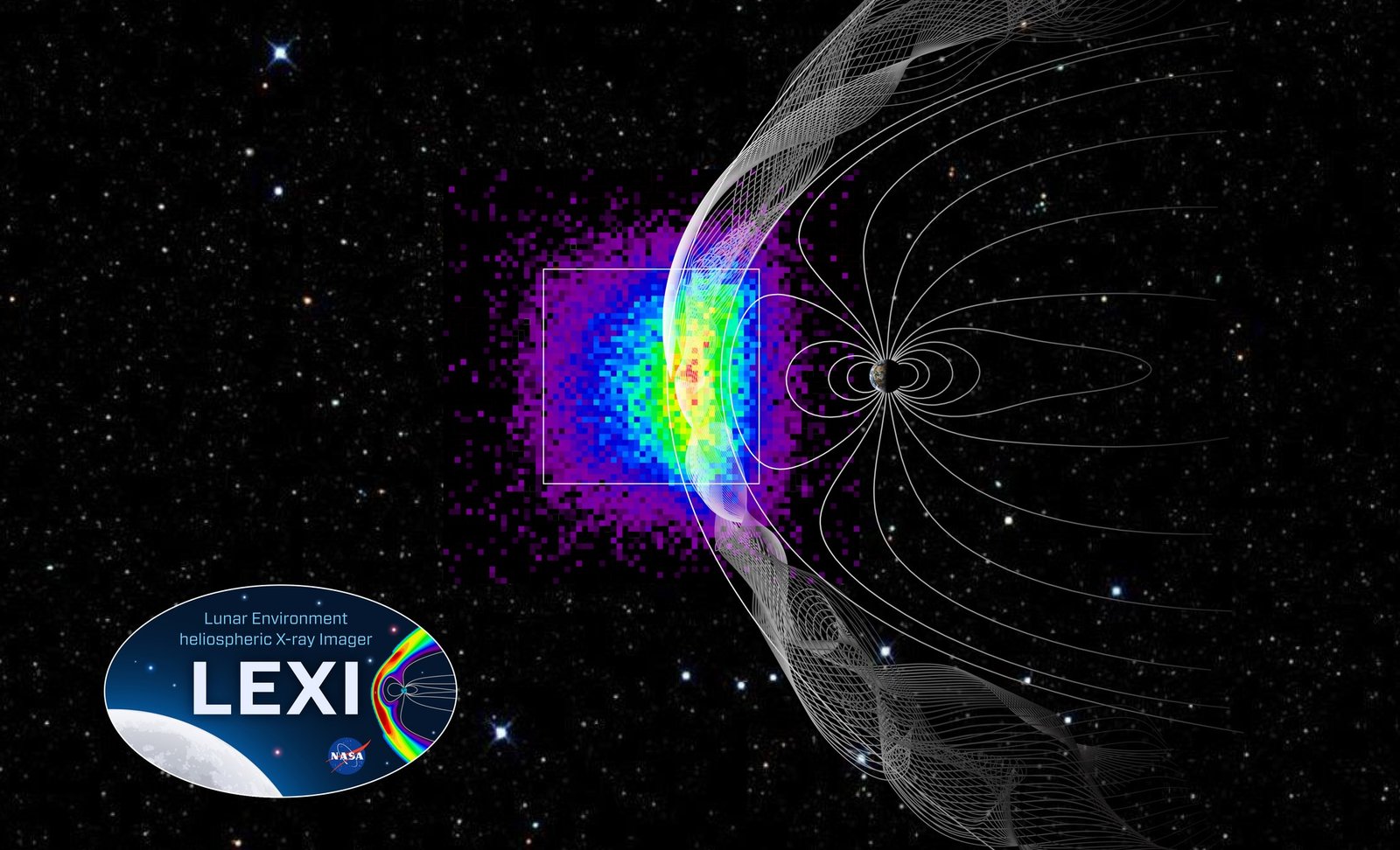
One of the most puzzling aspects of lunar geology is the Moon’s magnetic history. Analysis of Apollo rocks revealed that some seemed to have formed in the presence of a strong magnetic field – one that rivaled Earth’s in strength. But it wasn’t clear how a Moon-sized body could have generated a magnetic field that strong. When the cool blobs came in contact with the hot core after sinking, the temperature mismatch would have driven an increased core convection – enough to drive a magnetic field at the Moon’s surface as strong or even stronger than Earth’s.
This intermittent magnetic field generation could explain why some Apollo samples show strong magnetic signatures while others don’t. The Moon may have experienced periods of intense magnetic activity followed by quiet phases, creating a complex magnetic history that we’re still trying to understand.
Thermal Moonquakes: The Daily Tremors
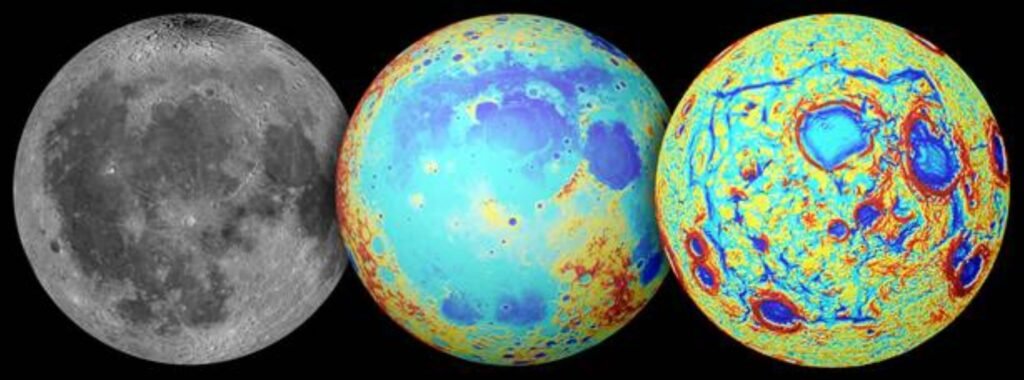
Every single day, the Moon experiences a fascinating geological phenomenon that most people have never heard of. Without an atmosphere to insulate it, the Moon experiences drastic temperature variation, from up to 260 degrees Fahrenheit during the peak of the day to -280° F at night. These extreme swings cause the Moon’s surface to expand when it’s hot and contract when it’s cold, and this movement leads to small shaking and cracking near the surface called thermal moonquakes. Thermal moonquakes occur with precise regularity, every afternoon as the Sun leaves its peak position in the sky and the surface of the Moon begins to cool off.
These daily temperature swings create a rhythm of geological activity that’s been going on for billions of years. It’s like the Moon is breathing, expanding and contracting with each lunar day and night cycle. This constant thermal stress contributes to the ongoing geological processes that keep the Moon more active than we ever realized.
Future Moon Bases Face Real Dangers
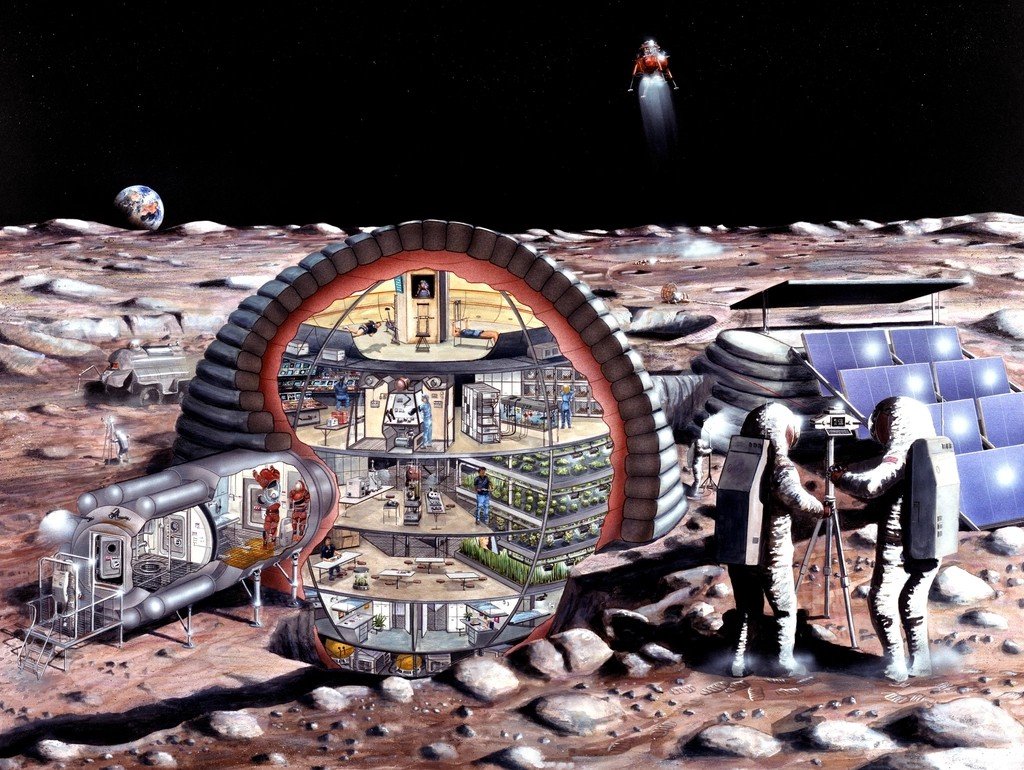
The discovery of ongoing lunar geological activity isn’t just academically interesting – it has serious implications for future human settlements on the Moon. “But if you have a habitat or crewed mission up on the Moon for a whole decade, that’s 3,650 days times 1 in 20 million, or the risk of a hazardous moonquake becoming about 1 in 5,500. It’s similar to going from the extremely low odds of winning a lottery to much higher odds of being dealt a four of a kind poker hand.”
Space agencies planning permanent lunar bases need to carefully consider these geological hazards. “We hope that future missions to the moon will include tools like ground penetrating radar so researchers can better understand the structures beneath the lunar surface,” Clark said. “Knowing that the moon is still geologically dynamic has very real implications for where we’re planning to put our astronauts, equipment and infrastructure on the moon.”
The recommendation is clear: don’t build directly on or near fault scarps and recently active geological features. Distance from these active zones significantly reduces the hazard risk for future lunar infrastructure.
Rewriting Lunar History
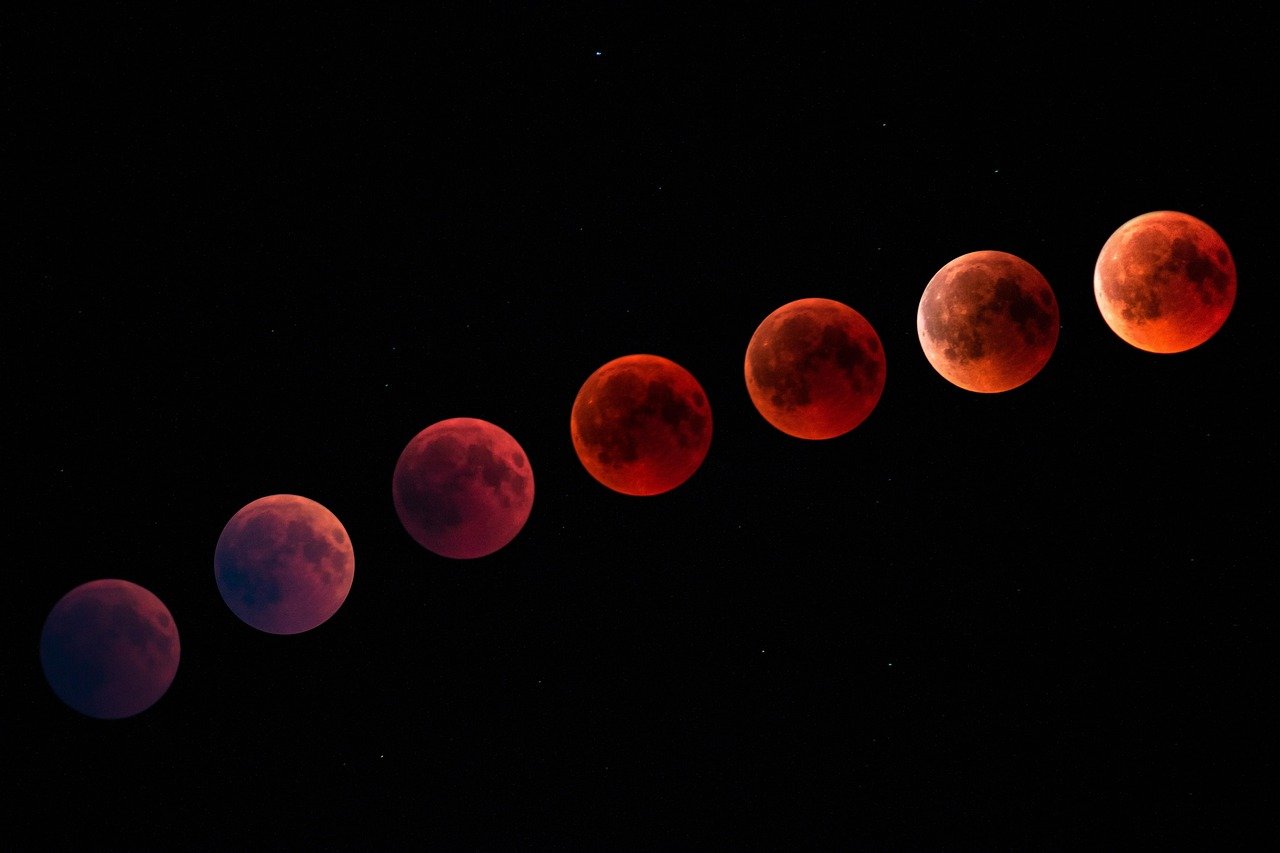
All these discoveries are forcing scientists to completely reconsider the Moon’s geological timeline. While only 28 shallow moonquakes had been identified before, researchers found 46 new events through recent research, resulting in 74 events in total (i.e., 2.6 times more tectonic events than considered before). Consequently, it turned out that there were 2.6 times more tectonic events than considered before.
This means lunar seismic activity has been significantly underestimated. The Moon is far more active than the sparse Apollo seismic data initially suggested. Recent analysis of previously unexplored seismic data has revealed over 22,000 new seismic events, fundamentally changing our understanding of lunar geological activity levels.
The northern hemisphere of the Moon appears to be more seismically active than the southern hemisphere, suggesting regional variations in geological processes that we’re only beginning to understand.
Conclusion
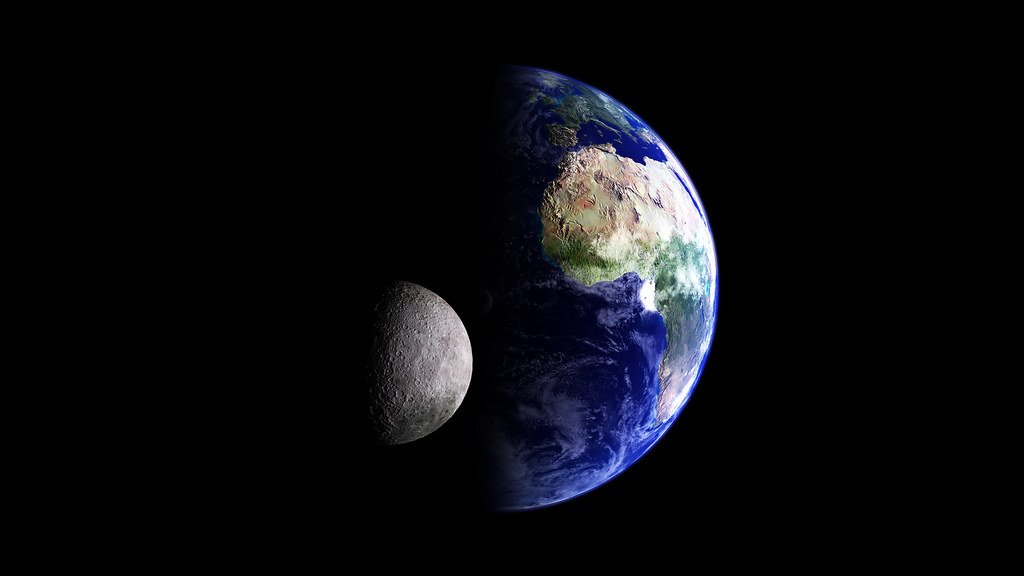
The Moon we thought we knew – that cold, dead rock in the sky – simply doesn’t exist. In its place, we’ve discovered a dynamic, geologically active world that continues to surprise us with each new mission and discovery. From daily thermal moonquakes to ancient magnetic field generation, from recent volcanic activity to ongoing landslides triggered by internal seismic activity, our celestial companion is very much alive.
As we prepare to return humans to the lunar surface and establish permanent settlements, these discoveries remind us that the Moon still holds countless secrets. The geological processes that shaped it billions of years ago haven’t stopped – they’ve simply been waiting for us to develop the tools and knowledge to detect them. The Moon isn’t just a stepping stone to Mars or a source of resources; it’s a living laboratory where geological processes continue to unfold before our eyes.
What other surprises might the Moon have in store for us as we continue to explore its hidden depths?

Hi, I’m Andrew, and I come from India. Experienced content specialist with a passion for writing. My forte includes health and wellness, Travel, Animals, and Nature. A nature nomad, I am obsessed with mountains and love high-altitude trekking. I have been on several Himalayan treks in India including the Everest Base Camp in Nepal, a profound experience.

